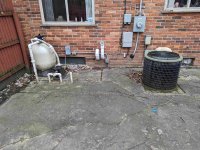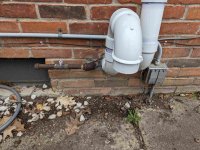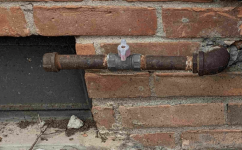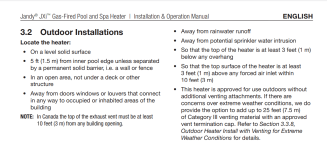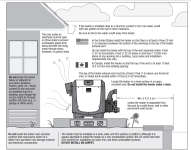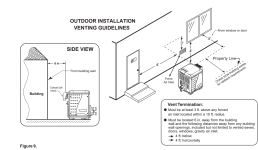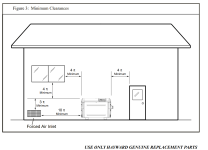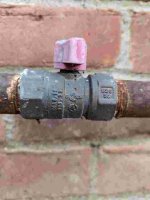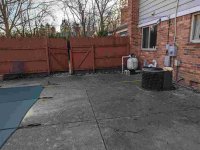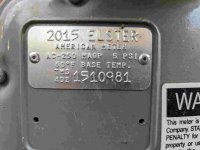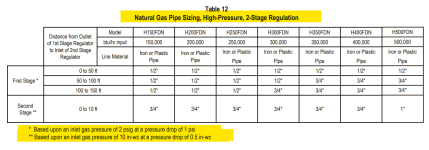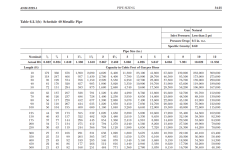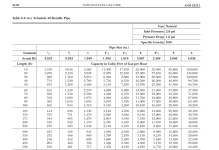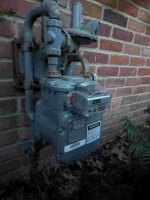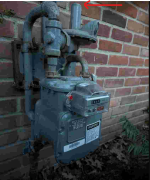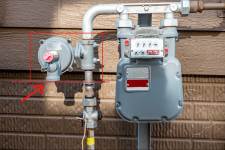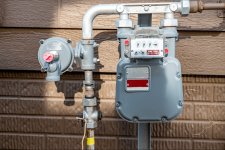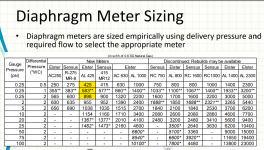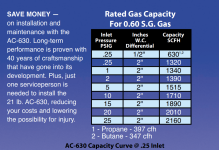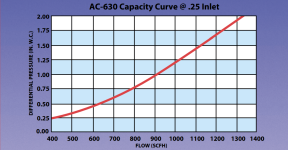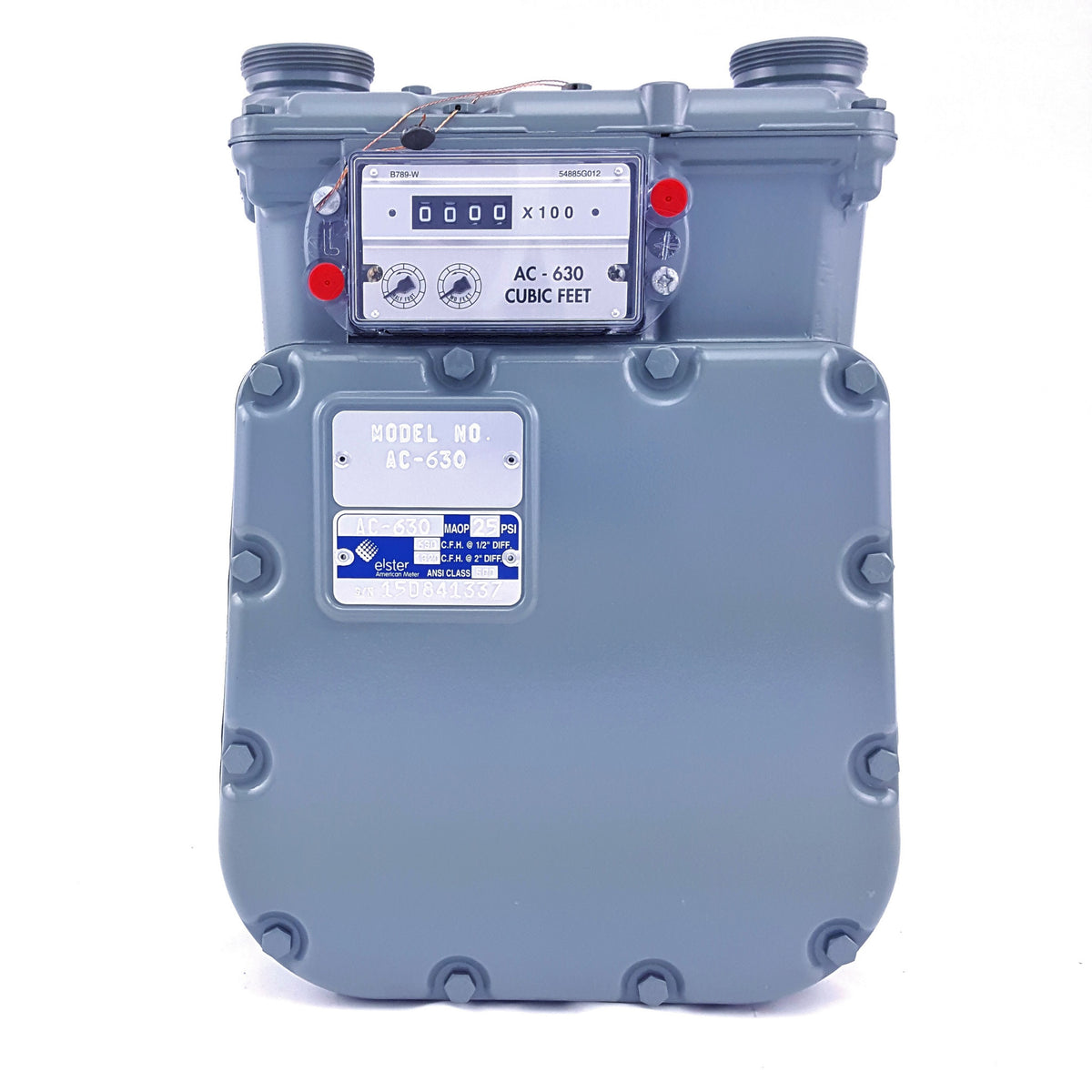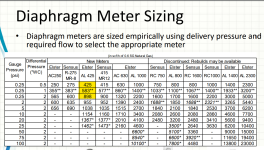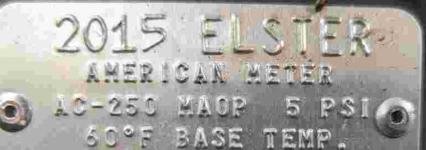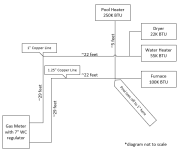Hello!
We have a natural gas pipe already in place where a previous homeowner presumably had a heater.
Pictures attached of the line and equipment in back of the house.
Can the pool heater be put in front of the PVC pipes for the house furnace? This would be the closest to both the gas pipe and the pump/filter.
Also, what kind of clearance is required from the AC and electrical panel?
If this isn't a good spot, we'd have to route the gas line and electrical for the pool heater to the other side of the filter/pump, which is probably doable.
Our outdoor temp. is typically between 60 and 85 F depending on the month.
What size heater is recommended (pool size in comments)? Does it depend on the size of the gas pipe?
I've decided against a heat pump or hybrid unit given our typical usage is more random and not daily.
I assume the pump has to be running when the heater is running? If so I might also upgrade our superpump to a variable pump that's a little quieter (I usually run the pump for 8 hours a day total).
I'm planning on just getting my pool guy to install the heater.
Thank you!
We have a natural gas pipe already in place where a previous homeowner presumably had a heater.
Pictures attached of the line and equipment in back of the house.
Can the pool heater be put in front of the PVC pipes for the house furnace? This would be the closest to both the gas pipe and the pump/filter.
Also, what kind of clearance is required from the AC and electrical panel?
If this isn't a good spot, we'd have to route the gas line and electrical for the pool heater to the other side of the filter/pump, which is probably doable.
Our outdoor temp. is typically between 60 and 85 F depending on the month.
What size heater is recommended (pool size in comments)? Does it depend on the size of the gas pipe?
I've decided against a heat pump or hybrid unit given our typical usage is more random and not daily.
I assume the pump has to be running when the heater is running? If so I might also upgrade our superpump to a variable pump that's a little quieter (I usually run the pump for 8 hours a day total).
I'm planning on just getting my pool guy to install the heater.
Thank you!


